Home>Gardening & Outdoor>Landscaping Ideas>When To Cut Teff Grass


Landscaping Ideas
When To Cut Teff Grass
Modified: February 18, 2024
Learn when to cut teff grass for your landscaping ideas. Discover the best timing and techniques to maintain a healthy and vibrant teff grass lawn.
(Many of the links in this article redirect to a specific reviewed product. Your purchase of these products through affiliate links helps to generate commission for Storables.com, at no extra cost. Learn more)
Introduction
Teff grass, known for its remarkable resilience and versatility, has gained popularity among landscapers, farmers, and forage enthusiasts. This warm-season annual grass, native to Ethiopia, has found its way into various agricultural landscapes across the globe due to its exceptional nutritional value and adaptability to diverse climates. Understanding the optimal timing for cutting teff grass is crucial for maximizing its yield and nutritional quality. By delving into the intricacies of teff grass and the factors influencing its cutting time, you can ensure a bountiful harvest and superior forage for livestock.
In the following sections, we will explore the nuances of teff grass, shedding light on its growth patterns, signs indicating readiness for cutting, and the pivotal factors that dictate the ideal time for harvesting. Whether you are a seasoned farmer, a dedicated landscaper, or an enthusiast eager to explore the world of forage, this comprehensive guide will equip you with the knowledge needed to make informed decisions regarding the cutting of teff grass. Let's embark on this insightful journey to uncover the optimal timing for reaping the benefits of teff grass in all its verdant splendor.
Key Takeaways:
- Cut teff grass during late vegetative or early reproductive stages for the best quality and yield. Look for lush growth, firm stems, and a fresh aroma as signs that the grass is ready to be harvested.
- Consider weather, intended use, and livestock needs when deciding when to cut teff grass. Dry weather is best, and timing the cut right ensures a bountiful and nutritious harvest.
Read more: When To Plant Teff Grass
Understanding Teff Grass
Teff grass, scientifically known as Eragrostis tef, is a warm-season annual grass that has been cultivated for centuries, primarily in Ethiopia. Renowned for its exceptional nutritional profile and adaptability, teff grass has transcended its native region to become a valuable asset in agricultural and landscaping practices worldwide.
One of the most striking features of teff grass is its diminutive size, with plants typically ranging from 1.5 to 3 feet in height. Despite its modest stature, teff grass boasts an impressive root system, enabling it to withstand drought conditions and thrive in various soil types. This resilience makes it an attractive option for erosion control and revegetation efforts in addition to its agricultural value.
From a nutritional standpoint, teff grass is a powerhouse, offering a rich source of protein, fiber, and essential nutrients. Its desirability as a forage crop stems from its high protein content, which is particularly beneficial for livestock and forage production. Additionally, teff grass exhibits remarkable palatability, making it a favored choice for grazing animals.
When it comes to landscaping, teff grass is prized for its ornamental appeal and ability to create lush, verdant lawns and meadows. Its fine texture and vibrant green hue lend a touch of elegance to any landscape, whether it’s a sprawling pasture or a manicured lawn.
By comprehending the intrinsic qualities of teff grass, including its growth habits, nutritional benefits, and landscaping potential, one can gain a profound appreciation for this versatile grass. The next step in harnessing the full potential of teff grass lies in understanding the optimal timing for cutting, a crucial factor that directly impacts its yield and quality.
Optimal Timing for Cutting Teff Grass
Determining the ideal time for cutting teff grass is a pivotal decision that directly influences the quality and quantity of the harvest. The timing of the cut is closely linked to the stage of growth at which the grass offers the highest nutritional value and yield. When aiming to maximize the benefits of teff grass, it is essential to consider several key factors that contribute to identifying the optimal cutting time.
One of the primary considerations when determining the timing for cutting teff grass is its growth stage. Teff grass typically undergoes distinct growth phases, including establishment, vegetative growth, and reproductive growth. The optimal cutting time is often during the late vegetative stage or early reproductive stage when the grass has reached a desirable height and has not yet transitioned to seed production. At this stage, teff grass offers a balance of high nutritional content and ample biomass, making it an ideal time for harvesting.
Another crucial aspect to consider is the weather conditions. Ideally, cutting teff grass should be timed to coincide with a period of dry weather. This facilitates the drying of the cut grass, essential for haymaking and storage. Cutting teff grass during a dry spell minimizes the risk of spoilage and ensures the preservation of its nutritional quality.
Furthermore, the time of day at which the grass is cut can impact the subsequent drying process. It is advisable to schedule the cutting during the late morning or early afternoon when the dew has evaporated, allowing for faster and more effective drying of the harvested grass.
By understanding the growth stages of teff grass, considering prevailing weather conditions, and strategically timing the cutting process, one can optimize the yield and quality of the harvest. However, recognizing the signs that indicate the readiness of teff grass for cutting is equally crucial in ensuring an optimal harvest.
Cut teff grass when it reaches a height of 12-18 inches for hay production. For grazing, cut when it reaches 18-24 inches to maintain quality and regrowth.
Signs that Teff Grass is Ready to be Cut
Identifying the signs that teff grass is primed for cutting is essential for harvesting at the peak of its nutritional value and yield potential. Several visual and tactile indicators can guide farmers and landscapers in determining the opportune moment for cutting teff grass.
One of the key signs that teff grass is ready for cutting is the stage of maturity. As the grass progresses through its growth stages, it undergoes physiological changes that can be observed visually. When teff grass reaches the late vegetative stage or the early reproductive stage, it often exhibits a lush, dense growth with well-developed leaves and stems. At this stage, the grass is teeming with nutrients and offers an optimal balance of palatability and nutritional content, indicating that it is primed for cutting.
Another visual cue that signals the readiness of teff grass for cutting is the presence of seed heads. As the grass transitions into the reproductive stage, the emergence of seed heads signifies that the plant is nearing its peak nutritional value. However, it is crucial to time the cutting before the seed heads fully mature to prevent a decline in forage quality.
Furthermore, the tactile assessment of the grass can provide valuable insights into its readiness for cutting. When the stems and leaves of teff grass feel firm and succulent, it indicates an optimal moisture content for cutting. Conversely, if the grass feels overly dry or exhibits signs of wilting, it may have surpassed the ideal cutting stage, potentially compromising its nutritional quality.
Observing the color and aroma of the grass can also offer valuable clues regarding its readiness for cutting. Vibrant green foliage and a fresh, sweet aroma often indicate that the grass is at its nutritional peak, signaling an opportune time for harvesting.
By keenly observing these signs and leveraging both visual and tactile cues, farmers and landscapers can make informed decisions regarding the cutting of teff grass, ensuring a harvest that encapsulates the essence of its nutritional richness and vitality.
Factors Affecting Cutting Time
Several influential factors play a pivotal role in determining the optimal timing for cutting teff grass, encompassing a blend of agricultural, environmental, and practical considerations. Understanding these factors is essential for making informed decisions that maximize the yield, quality, and nutritional value of the harvested teff grass.
One of the primary factors affecting cutting time is the intended use of the harvested grass. For instance, if the goal is to produce high-quality hay, cutting teff grass during the late vegetative stage or early reproductive stage is advantageous, as it offers a balance of nutrient content and palatability. On the other hand, if the grass is destined for silage production, the cutting time may vary, often leaning towards the early reproductive stage to optimize moisture content and ensiling properties.
The prevailing weather conditions exert a significant influence on the timing of cutting teff grass. Dry weather is conducive to the cutting and subsequent drying of the grass, facilitating efficient haymaking and storage. Conversely, prolonged periods of rain or high humidity can impede the drying process, necessitating careful consideration of weather forecasts when scheduling the cutting of teff grass.
Additionally, the availability of harvesting equipment and labor resources can impact the timing of cutting. Ensuring that the necessary machinery and manpower are readily accessible when the grass reaches its optimal cutting stage is essential for timely and efficient harvesting.
The intended use of the land following the cutting of teff grass is another factor to consider. If the area is slated for immediate reseeding or subsequent cropping, the timing of the cut must align with the desired timeline for land preparation and sowing, ensuring a seamless transition from one agricultural cycle to the next.
Furthermore, the nutritional requirements of grazing animals, if teff grass is intended for forage, should be factored into the cutting time. Aligning the cutting stage with the nutritional needs of the livestock ensures that the harvested forage meets the dietary requirements, promoting optimal health and productivity.
By taking into account these multifaceted factors, farmers and landscapers can make informed decisions regarding the timing of cutting teff grass, harnessing its full potential and reaping the rewards of a bountiful and nutritionally rich harvest.
Read more: When To Cut Liriope Grass
Conclusion
As we conclude our exploration of the optimal timing for cutting teff grass, it becomes evident that a nuanced understanding of this resilient and versatile grass is essential for maximizing its yield and nutritional value. By delving into the growth patterns, signs of readiness for cutting, and influential factors that dictate the cutting time, farmers, landscapers, and forage enthusiasts can make informed decisions that elevate the quality and abundance of the harvested teff grass.
Understanding the growth stages of teff grass, from establishment to reproductive growth, provides valuable insights into the opportune moments for cutting. The late vegetative stage and early reproductive stage emerge as pivotal periods when the grass offers an optimal balance of nutrient content and palatability, making it an ideal time for harvesting.
Recognizing the signs that indicate the readiness of teff grass for cutting, whether through visual cues such as lush growth and the presence of seed heads, or tactile assessments of moisture content and vitality, empowers individuals to make informed and timely decisions regarding the cutting of this valuable grass.
Moreover, the multifaceted factors influencing cutting time, encompassing agricultural objectives, weather conditions, resource availability, land use plans, and livestock nutritional needs, underscore the intricate considerations involved in optimizing the timing of cutting teff grass.
By integrating these insights into their agricultural and landscaping practices, individuals can unlock the full potential of teff grass, harnessing its exceptional nutritional value and adaptability to enrich forage production, livestock nutrition, and landscape aesthetics.
In essence, the optimal timing for cutting teff grass is a harmonious convergence of agricultural acumen, environmental awareness, and practical considerations, culminating in a harvest that encapsulates the vibrancy and vitality of this remarkable grass.
Armed with this comprehensive understanding, farmers, landscapers, and forage enthusiasts are poised to embark on a journey that celebrates the resilience and richness of teff grass, reaping the rewards of a harvest that embodies the pinnacle of its nutritional and agronomic prowess.
Frequently Asked Questions about When To Cut Teff Grass
Was this page helpful?
At Storables.com, we guarantee accurate and reliable information. Our content, validated by Expert Board Contributors, is crafted following stringent Editorial Policies. We're committed to providing you with well-researched, expert-backed insights for all your informational needs.

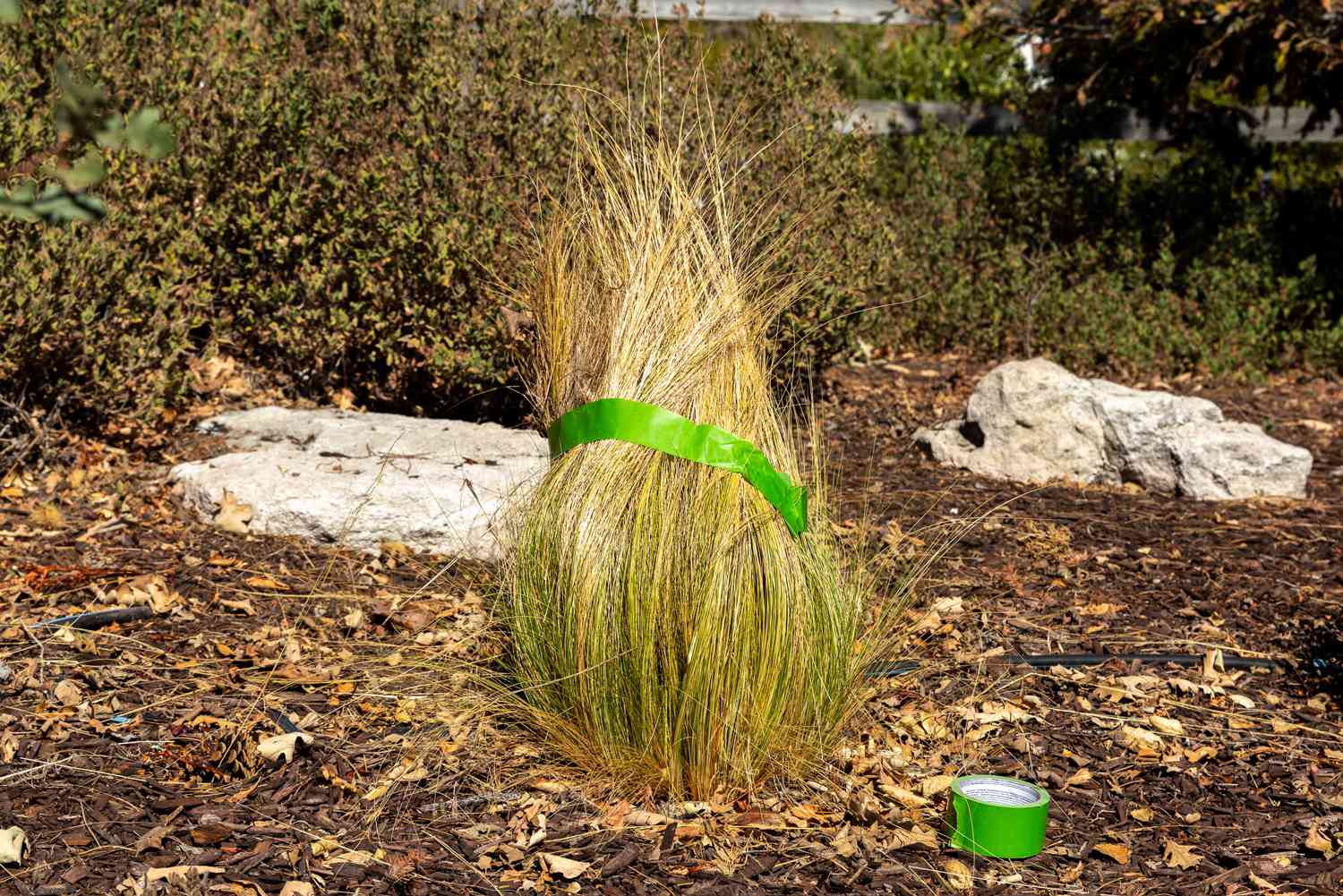
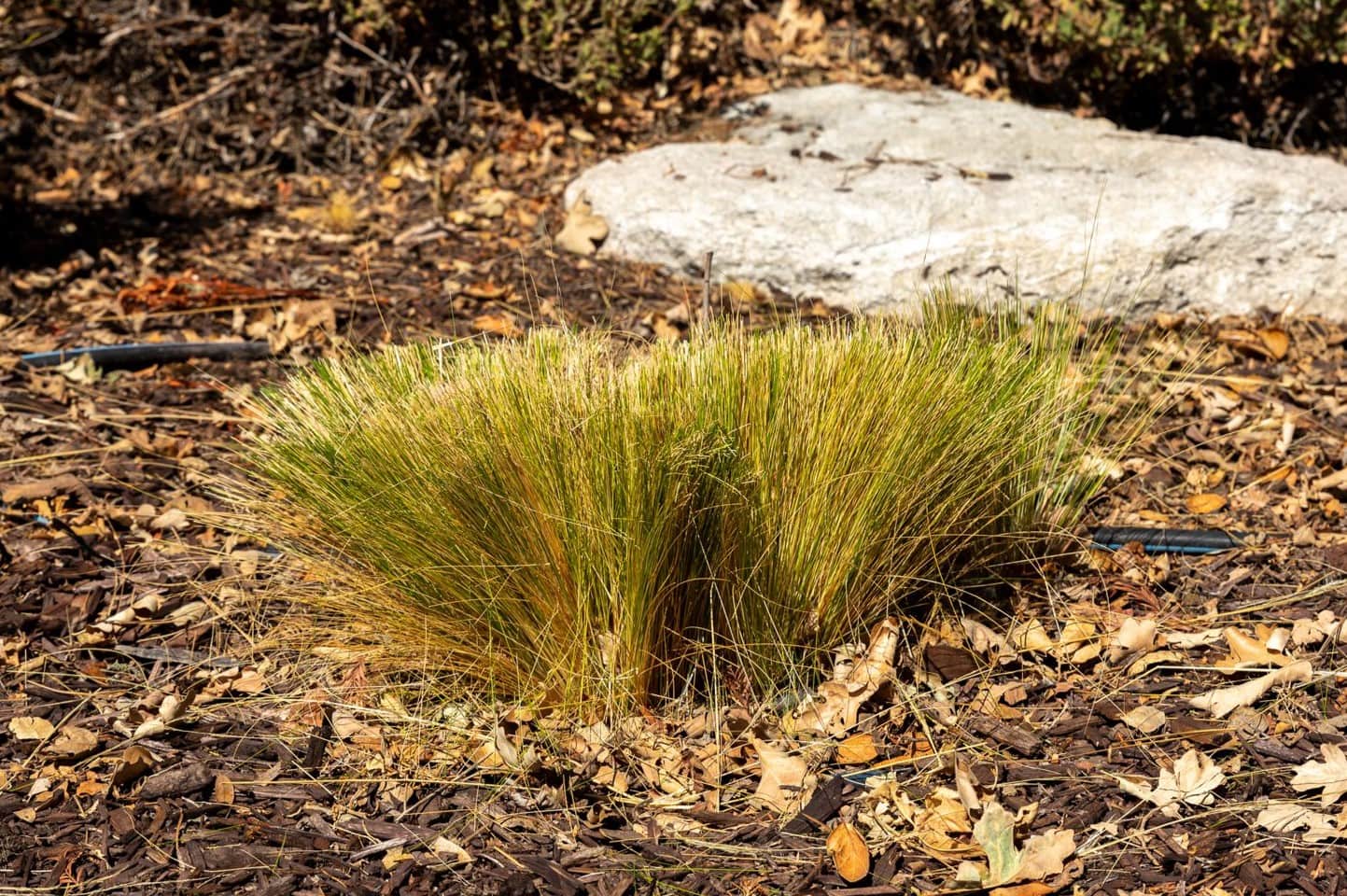
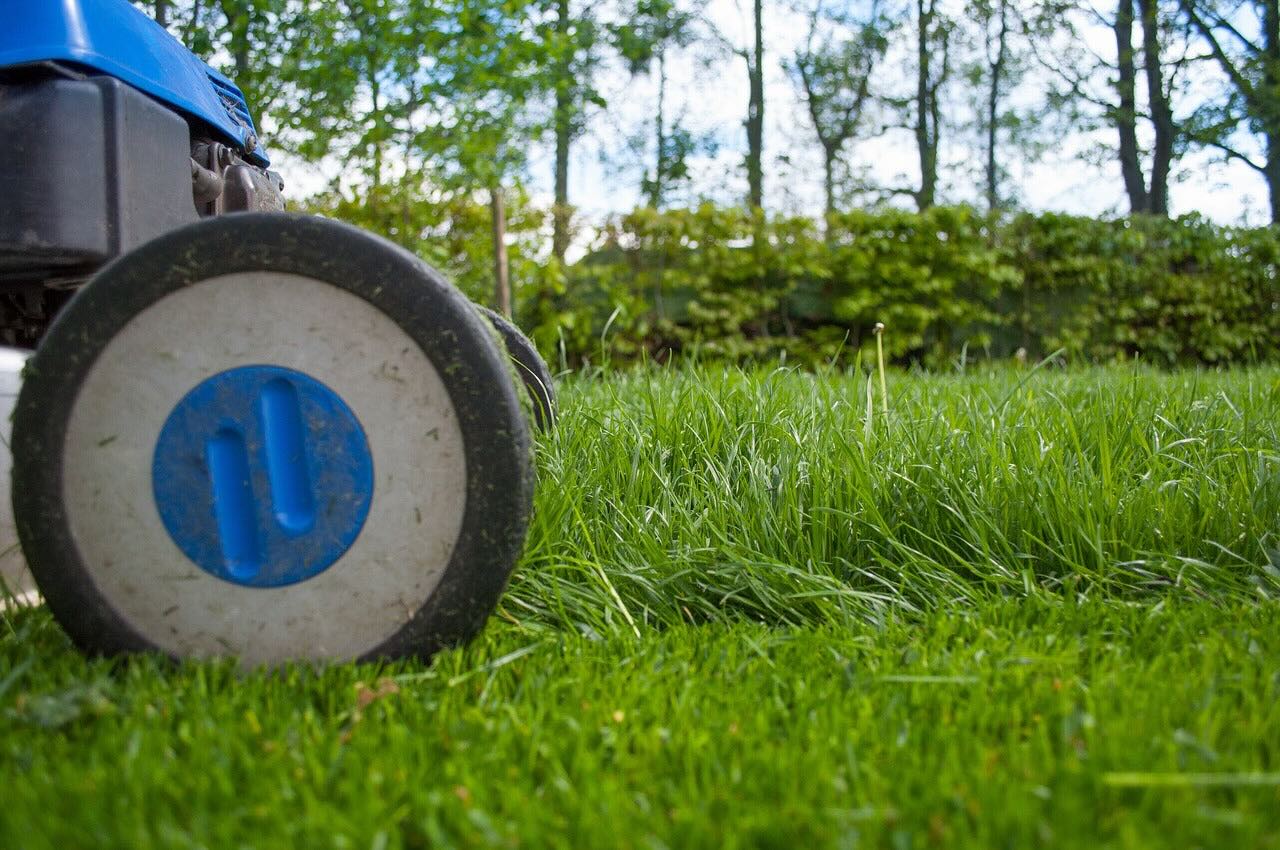
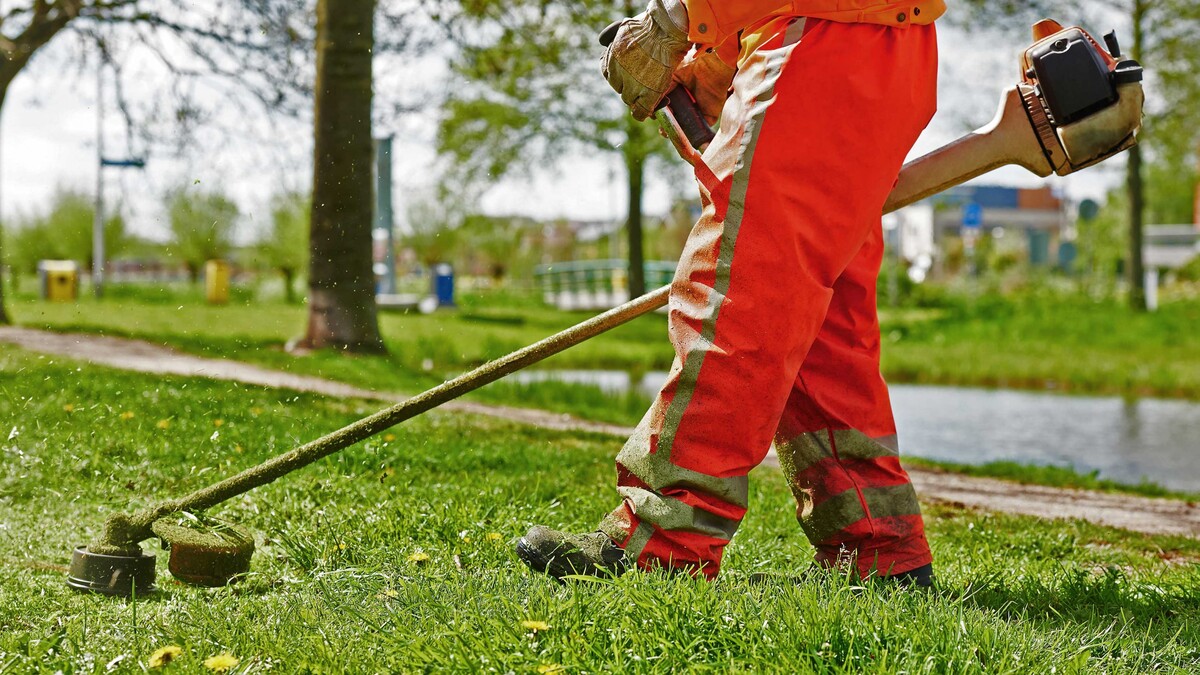
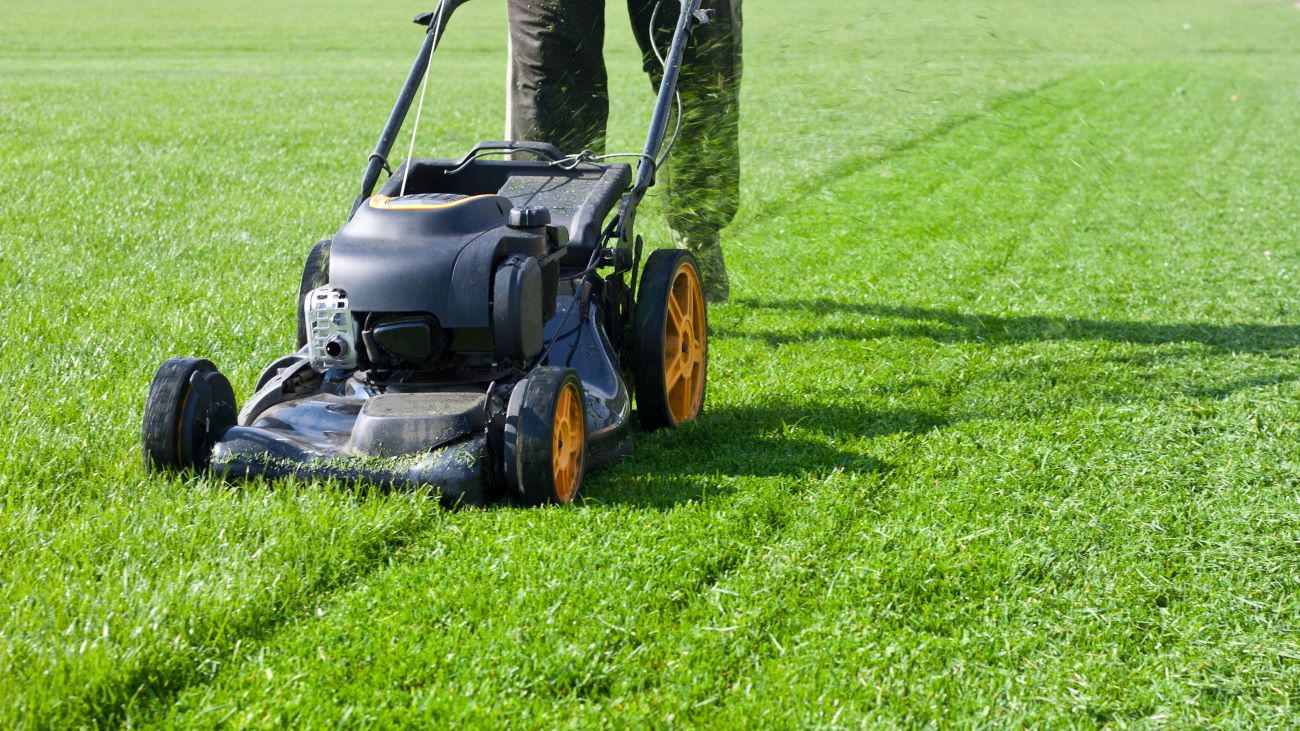
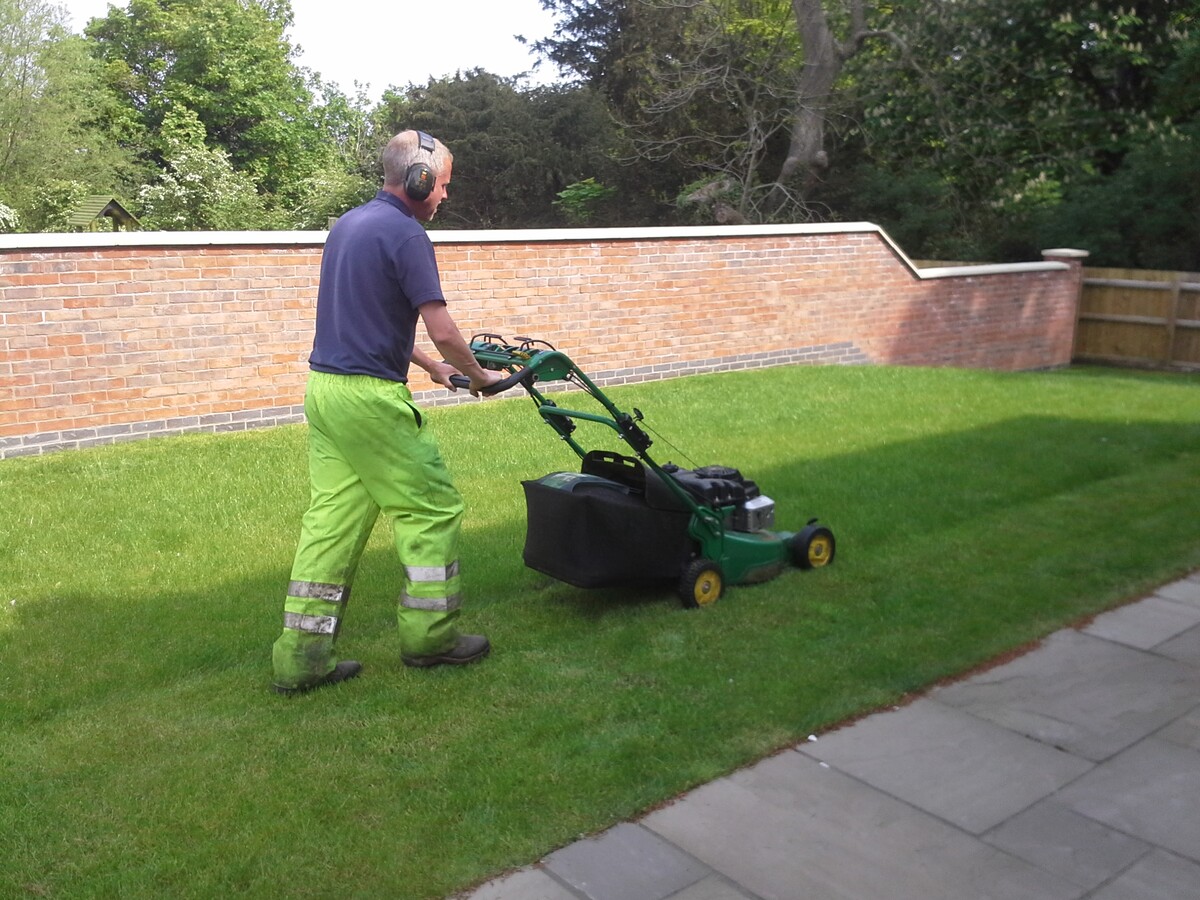
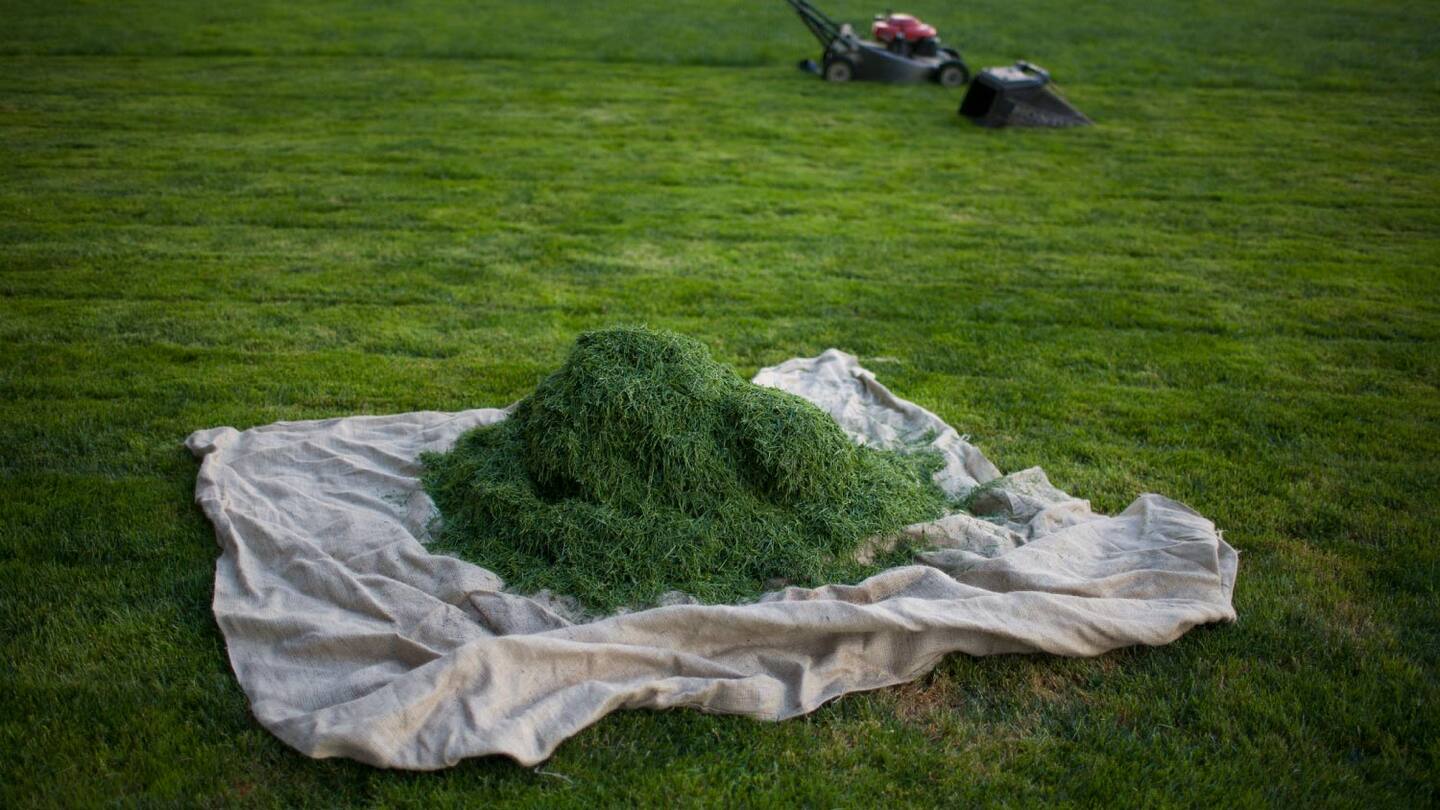
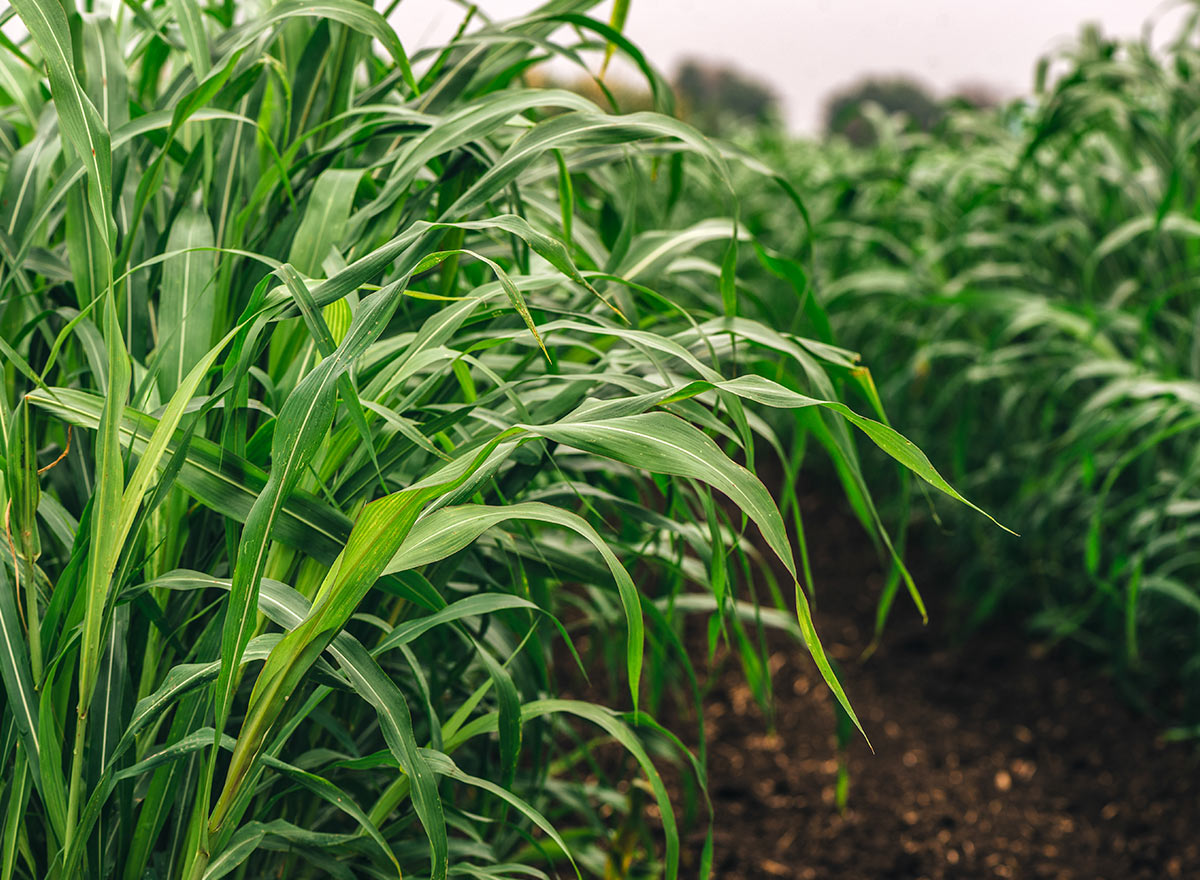

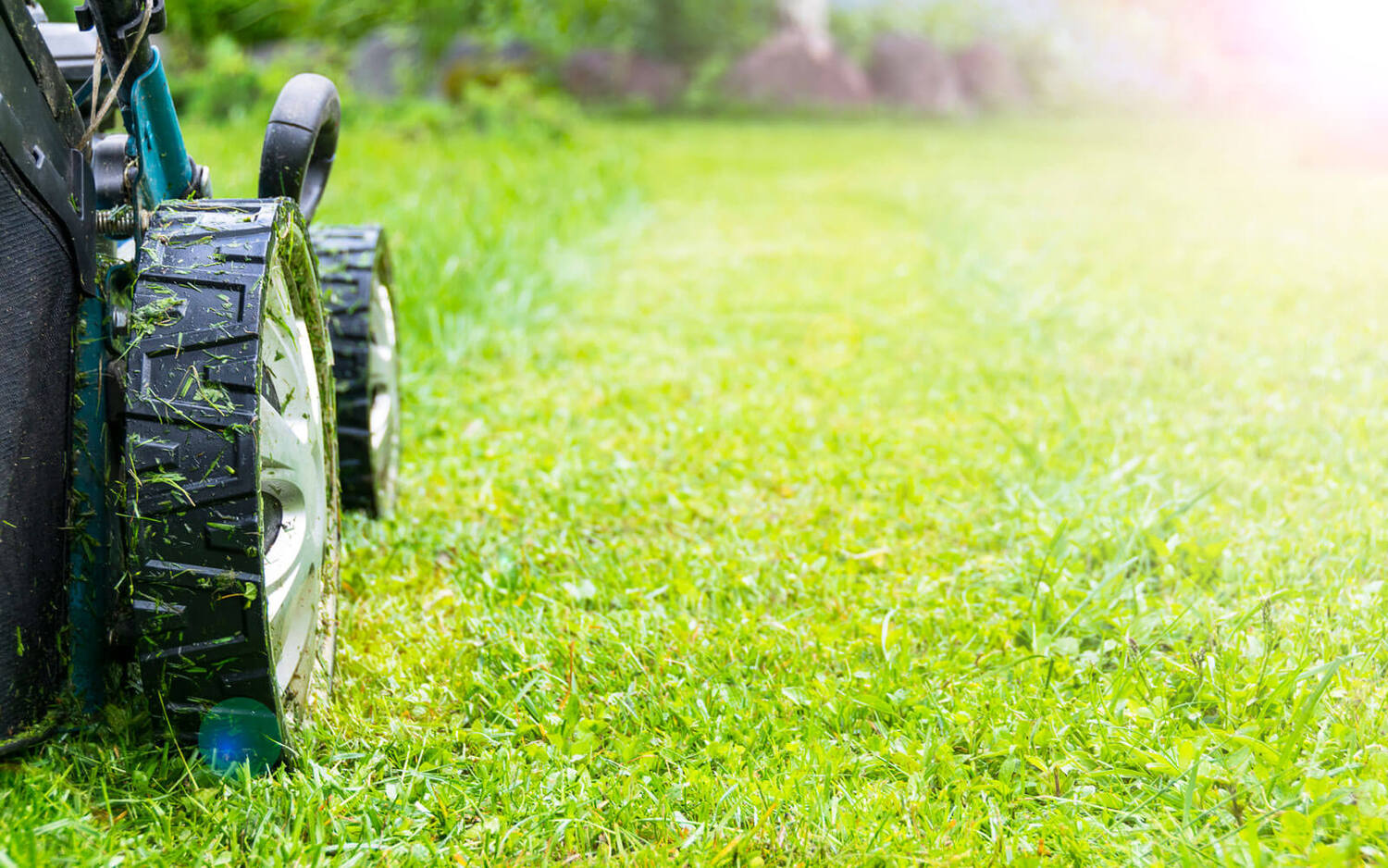
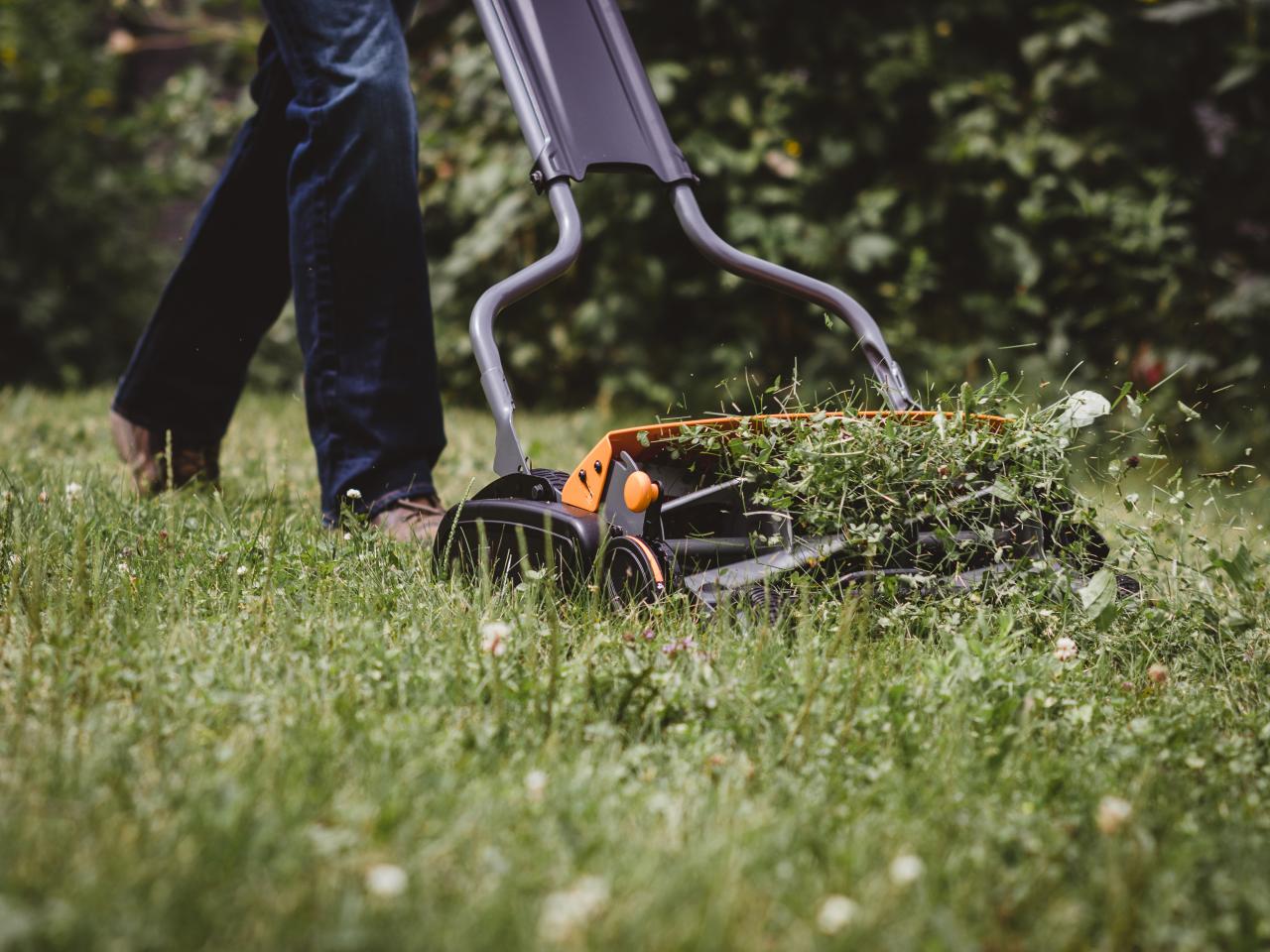
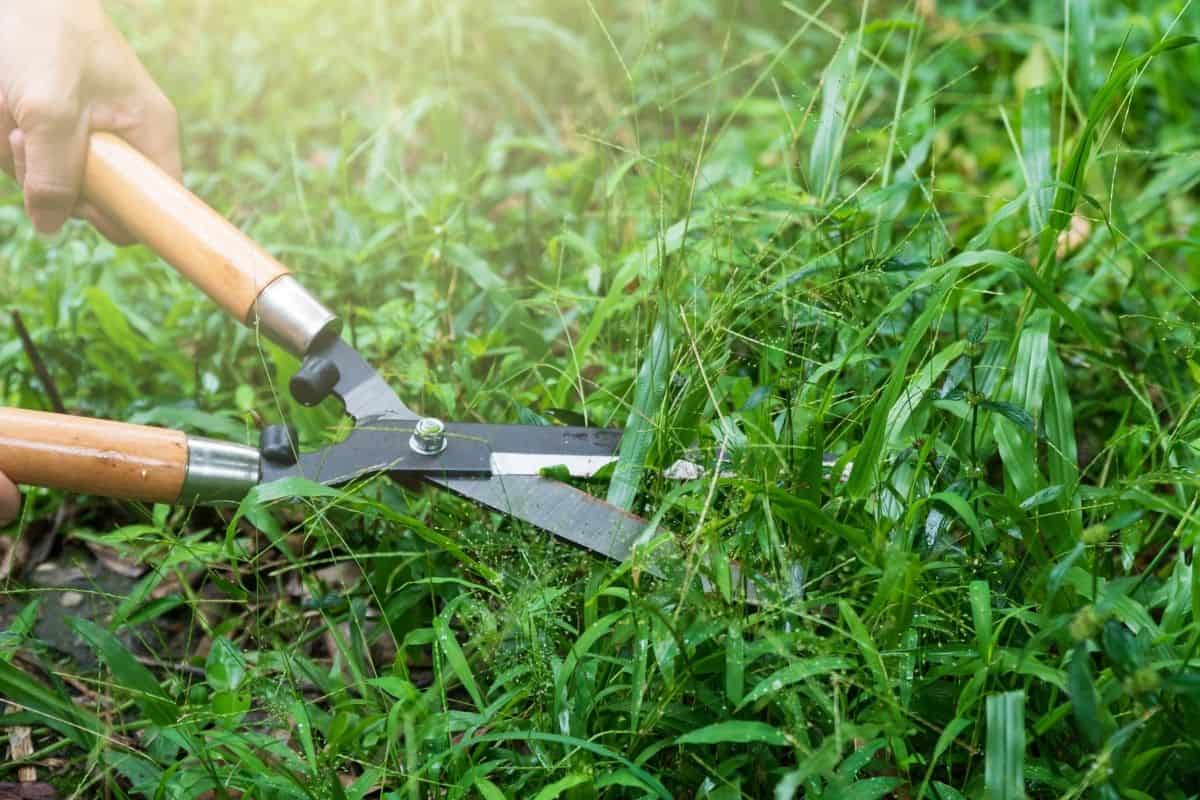


0 thoughts on “When To Cut Teff Grass”